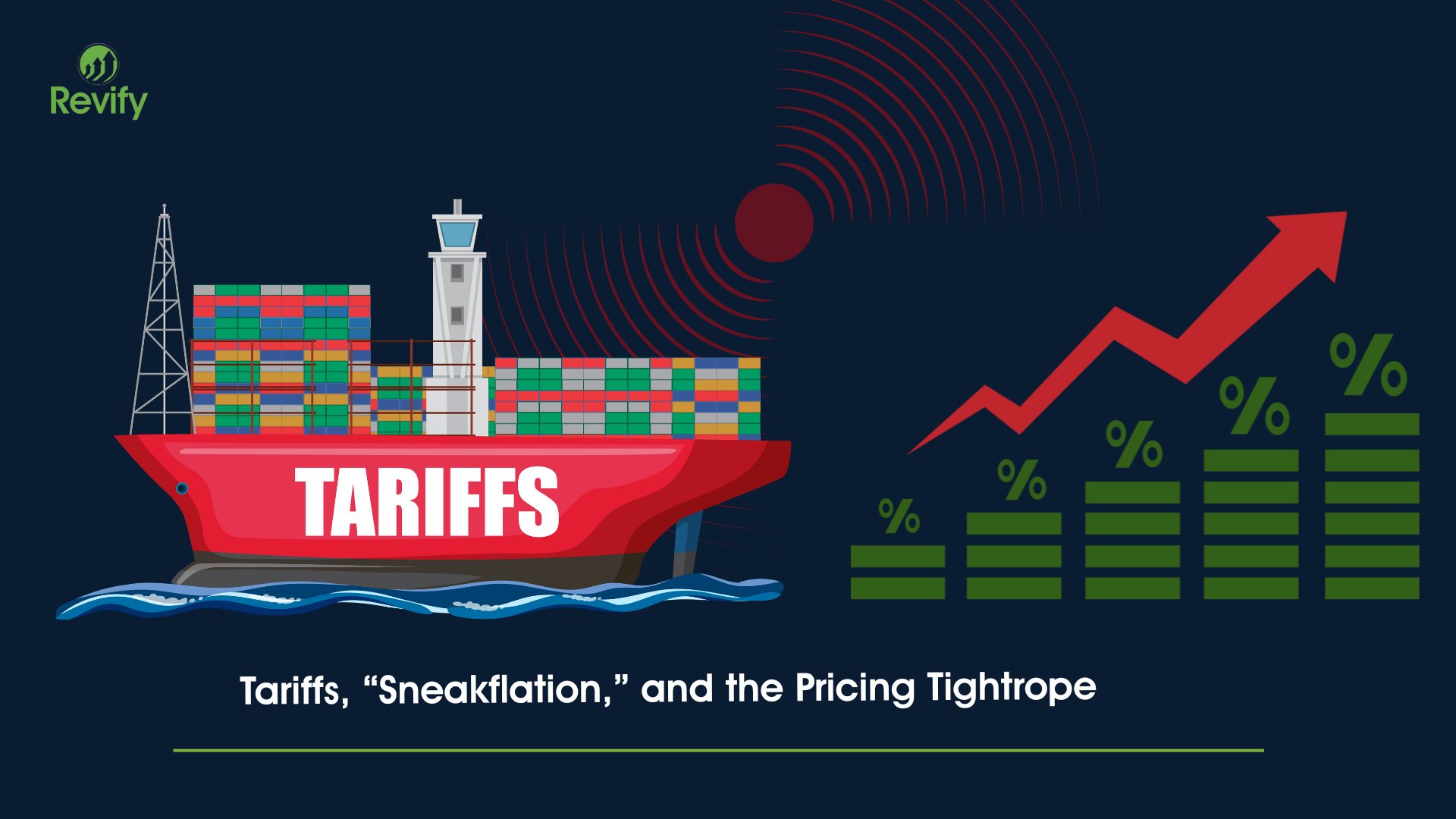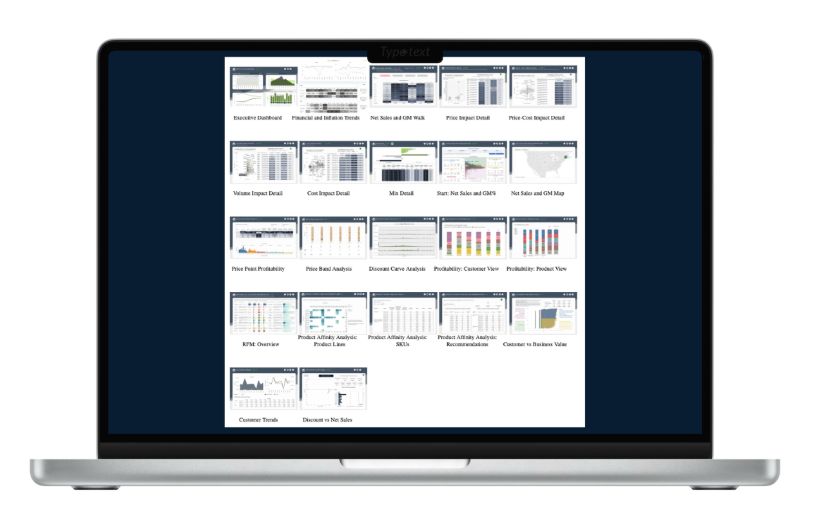Revology Analytics Insider
Browse Contents Based on Category or Topic
Filter by Category
Filter by Topic/Tag
- AI
- AI Pricing
- AI Transformation
- AI in Business Analytics
- AI/ML
- AI/ML Distribution
- ARPU
- Analysis with Python
- Analysis with R
- Analysis with Tableau
- Analytics Leadership
- Assortment Optimization
- Attribution Modeling
- B2B Pricing
- BATNA
- Bayesian Modeling
- Budget Optimization
- Business Growth through Pricing
- CPG
- CPG Pricing
- CRM Data Analysis
- Category Management
- Commercial Analytics Transformation
- Competitive Analysis
- Competitive Pricing
- Consumer Durables
- Consumer Products
- Cost Inflation
- Cross-Sell Optimization
- Cross-sell Opportunities
- Customer Analytics
- Customer Churn
- Customer Churn Modeling
- Customer Lifetime Value
- Customer Retention
- Customer Segmentation
- Data Analytics
- Data Monetization
- Data Visualization
- Data Warehouse
- Data-Driven Decision Making
- Data-driven Pricing
- Discount Management
- Distribution
- Distributor Data
- Distributor Profitability
- Durable Goods
- Dynamic Pricing
- Elasticity-Based Pricing Strategies
- Forecasting
Subscribe to Revology Analytics Insider
Want to stay abreast of the latest Revenue Growth Analytics thought leadership by Revology?
RFM Analysis as an Important Revenue Growth Analytics Capability - Part 2
RFM Analysis is a powerful tool for businesses seeking insights into customer behavior and segmenting them based on purchasing habits. By calculating RFM scores and creating segments, companies can identify valuable customer groups and target them with personalized sales and marketing campaigns. RFM Analysis is not limited to the retail industry or the marketing domain. It can be applied to most industries and functional domains that touch the customer, including pricing, supply chain, A/R, product management, and customer service. Additionally, RFM Analysis can benefit nonprofit organizations by understanding donor behavior to optimize fundraising initiatives.
In part 2 of our RFM Analysis article, we'll dive deeper into how we can calculate RFM scores, visualize customer performance by RFM segment and discuss sales and marketing implications.
RFM Analysis as an Important Revenue Growth Analytics Capability - Part 1
Revenue Growth Analytics (RGA) is a foundational enabler for organizations looking to transform their Revenue Growth Management strategies. RGA goes beyond traditional pricing techniques and provides insights into areas such as customer mix management, customer retention and cross-sell opportunities, and customer lifetime value. One of the key techniques used in RGA is RFM (Recency-Frequency-Monetary) Analysis.
RFM Analysis is a simple yet effective method of analyzing customer transactional data to drive better customer insights and improve customer retention, profits, and customer satisfaction.














